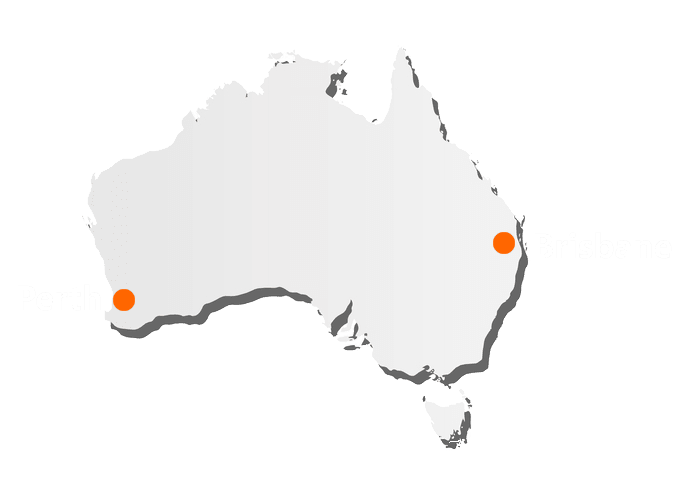
Enabling Manufacturing &
Supply Chain Resilience
Locations

Head Office
- JAF Solutions, Level 25, 108 St Georges Terrace, Perth, Western Australia
6000 - [email protected]
- +61 8 6557 8947
Welcome to JAF Solutions
The introduction of cloud (specifically SaaS) has had a profound impact on the methodology that organizations use to roll out software. The speed and scale that SaaS moves across a company is unprecedented and so much so that its difficult to even compare to previous non-SaaS projects. So the question is, how can manufacturing operations also take advantage of this software paradigm shift without introducing risk to the stable operation of their Plants?
Cloud has some obvious advantages when compared to traditional software, most notably it provides these value drivers which are all built into the SaaS pricing as part of the software design paradigm:
These value drivers are important because in the past the deployment of new software meant that there was a large amount of overhead to not only manage the initial setup, but also to control the variations and configuration nuances that occurred over time. These expenditures are the hidden cost of software that are often spread across multiple departmental budgets in order to provide full coverage and are often overlooked when talking about legacy compared to SaaS applications.
To understand this, we first have to take a closer look at what are some of the areas where software generates the most overhead for organizations to manage over time. Since they vary across each manufacturing location and the heritage of how it has matured over time you can expect that there is homework to be done first. These questions are a good start for what to tackle upfront when discussing business investment priorities and target locations for the investment into updating processes, methodologies and the technology that supports them:
With these answers fresh in your mind there is likely some growing interest in how exactly this would work to fit your needs.
The good news is that SAP have already been working on this for some time now and building out their SAP Business Technology Platform (SAP BTP) and SAP Digital Manufacturing Cloud (SAP DMC) to align to all of these concepts.
Early on in the development lifecycle process SAP identified the development of a SaaS MES and played an instrumental role in the design and architecture of the SAP Digital Manufacturing Cloud. When SAP constructed the business case around this they focused in on the value of cloud and the practical needs of operations to ensure that whatever application processes that it could deliver had a strong foundation in the value of SaaS.
SAP made sure that they could address complex manufacturing needs for Discrete, Process and Hybrid (Combination of Process & Discrete). SAP made sure that they could federate out these processes to ensure reliability along with scalability provided when transactional load is federated out.
Lastly, SAP made sure that the data model and structures were common across all of the supply chain and not just focused on a single plant/site of operations. This enables not only consistency in configuration but also in the way operations are reported.
SAP are continuously innovating and adding more functionality to the SAP DMC, and we believe now is a good time to make your step change into the world of Cloud Manufacturing.
Contact us today to find out more.
Thanks to SAP Legend Sam Castro for the Original article which can be found here

